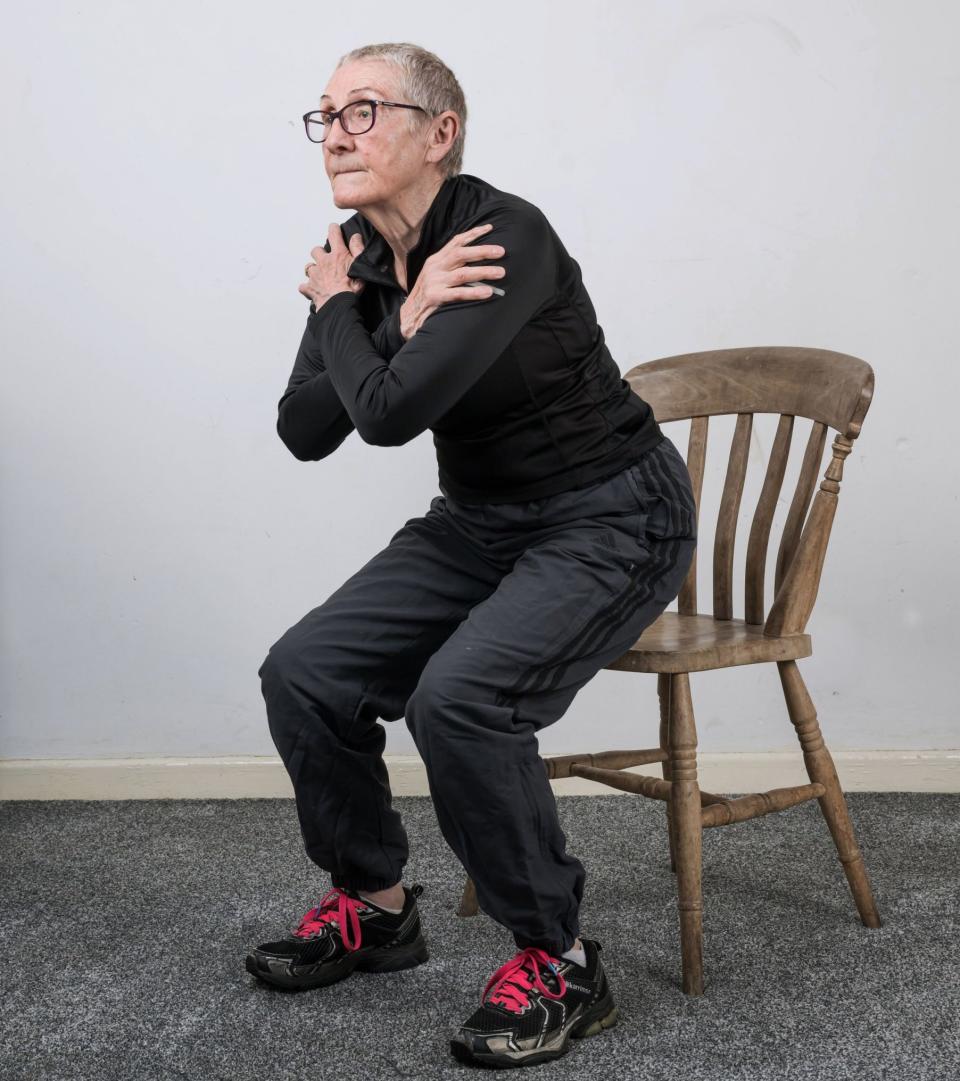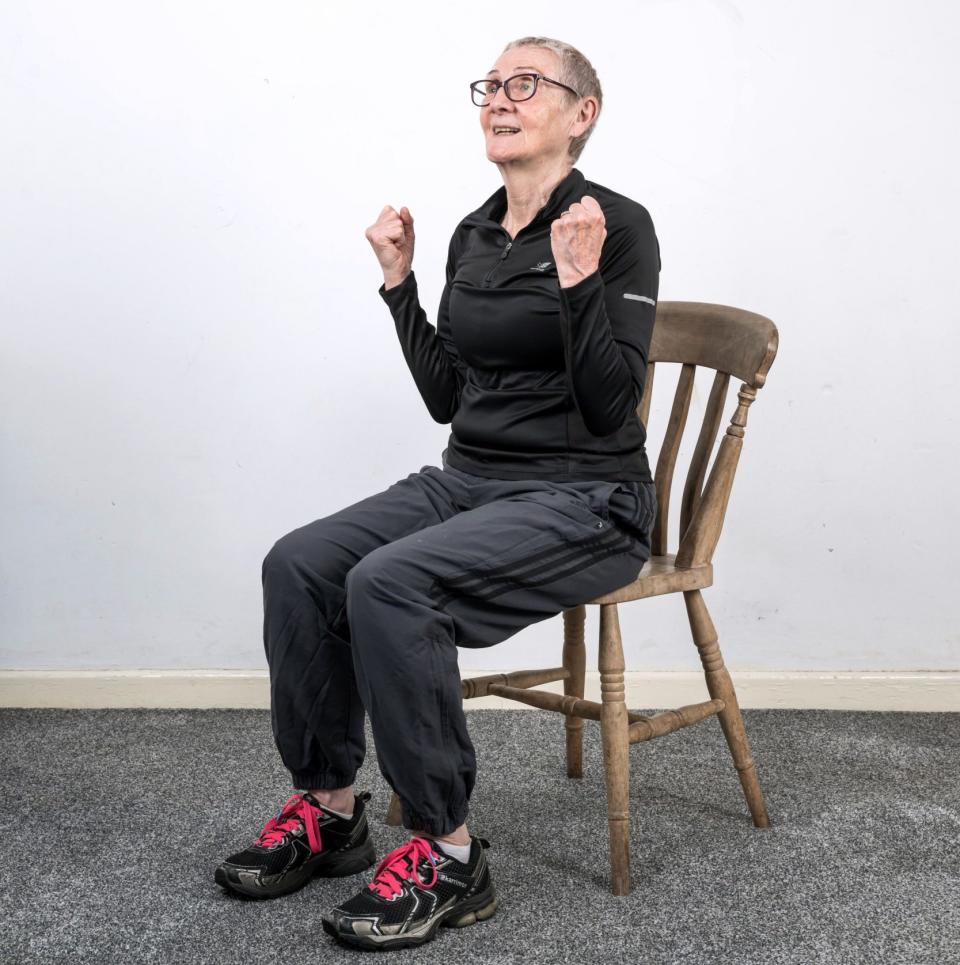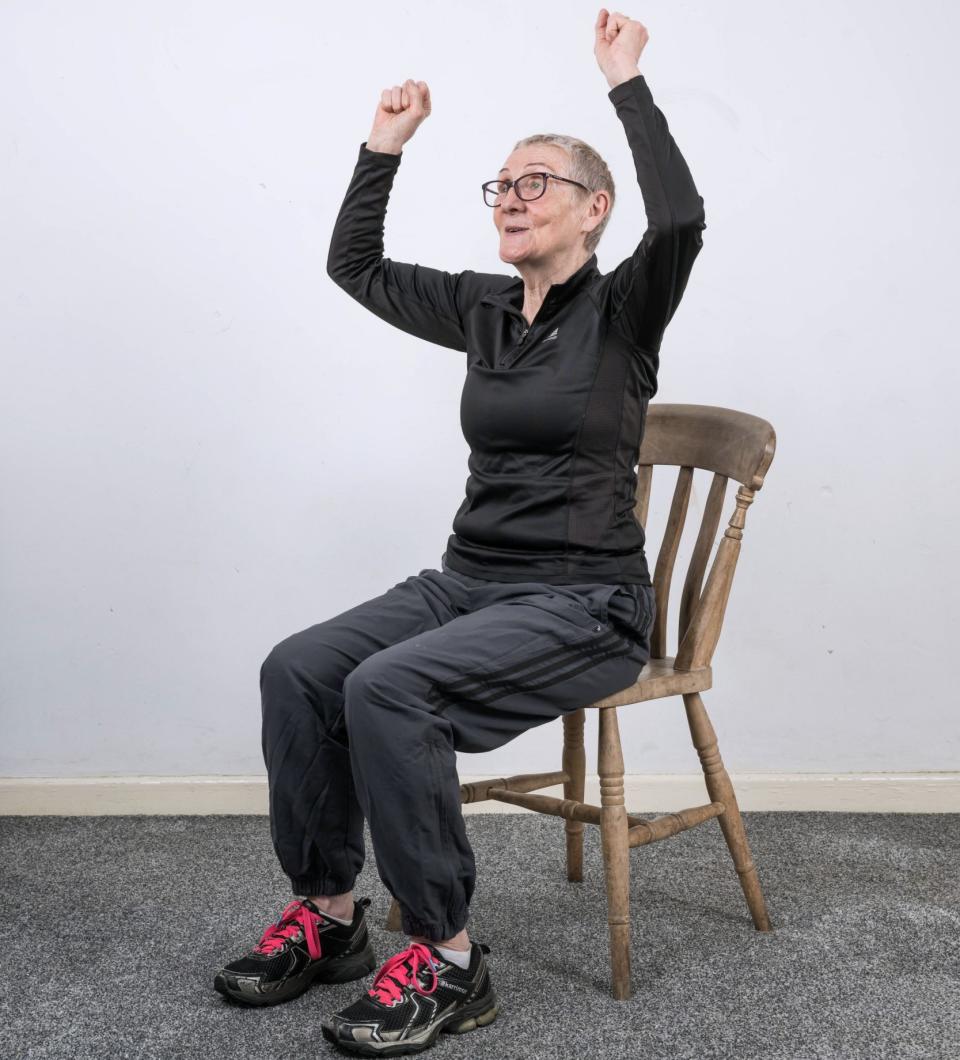Like many fitness influencers, Rosemary Mallace teaches strength-based classes on YouTube. Unlike most fitness influencers, she is 73 years old. She’s just starting to add drop running and tap dancing to her exercise regimen. “I’m trying to think of something I used to be able to do but I can’t think of anything.”
It seems that Miss Marple’s aging approach of frequent tea and a slice of Victoria sponge cake is being replaced by a new breed of 70-80 year olds who run, lift and move with strength and agility. A supporter of the Center for Better Aging, Mallace is part of this new generation redefining what it means to be an older person.
Most of us know that we begin to lose lean body mass (muscle and bone density) as our bodies age; This process is also known as sarcopenia. While men tend to gain weight by age 55 and begin losing weight in later years, women usually stop gaining weight by the time they reach age 65. Because of this, we may start to look weaker, and falls may become more severe as our bones break more easily.
Mallace took up his personal training qualifications after retiring at the age of 60 and now splits his week between runs and strength sessions; living proof that healthy eating and exercise can prevent our bodies from shrinking and stop aging. It’s also a great example of why it’s never too late to start.
A meta-study conducted by researchers at the University of Lodz found that “regular physical activity increases the chances of successful aging in older people only after reaching a sufficient threshold.” In other words, you have to do enough to reap the benefits. Here’s the basis for a healthy eating and exercise approach that you can start in your 40s and 50s and continue into your 70s, 80s and beyond.
Resistance training three times a week
Samuel Quinn, head of personal training at gyms at Nuffield Health, says: “There are no limits to what people can do. One of my clients is 78, ran the London Marathon at 75, can deadlift 120kg, do handstand push-ups, dips and pull-ups.” You can still make progress in your 70s and 80s, says Quinn.
Start with some screening, identifying underlying injuries and conditions, then set a goal, he says. He recommends doing resistance training three times a week; Unless you lift and pull, you can lose 5 percent of muscle mass every decade. He says that body weight exercises such as push-ups and squats may be sufficient, you do not need to lift weights. For older people who haven’t done much exercise before, Mallace recommends getting up from the chair and sitting back down but controlling the movement.

“Having strong legs is really important. Grab a kitchen chair and stand up from sitting without falling down, do 12 repetitions. Two or three times a day. Practice without using your hands every time you get up from the chair.”
For the upper body, he recommends sitting on a chair and using the weight of your arms as resistance and doing shoulder presses and biceps curls. He recommends doing 12 of each arm exercise two or three times in one session, if possible. “If you’ve done nothing for a long time, movement will bring your muscles to life.” This can obviously lead to weights once your strength improves.






Slowly increase the length of your walks
Walking is the starting point for someone who wants to strengthen their heart and lungs. Quinn advises against high density. “If someone is going to suffer from a cardiovascular event, arrhythmia, or atrial fibrillation, it’s going to be someone in the older age range; The heart also ages. “I prefer duration and frequency over intensity.”
Mallace adds that walking is underrated. “It helps strengthen your legs and helps your balance. Walk fairly quickly. Take a stopwatch, go for a walk and measure how far you walk before you want to stop. Note the time. If your starting point is 10 minutes, really increase it gradually and do 11 minutes next time, and so on until you can walk for half an hour at a reasonable pace. “He recommends walking every other day until you can continue for 25 minutes, then every day.”
A study conducted by a team based in Oklahoma stated that “walking briskly for 30 minutes a day for five days may reduce the risk of various age-related diseases.” Additionally, low-intensity physical exercise, including walking, exerts anti-aging effects and helps prevent age-related diseases.
Have milk with your coffee or cheese with your wine
According to Professor Mary Hickson from the Department of Dietetics at the University of Plymouth, trendy superfoods that catch our eye every now and then are not the answer. Appetite may decrease in our 70s and 80s because our senses of taste and smell are less sensitive, he says. This means that each meal should be nutrient-rich, as it may be smaller than the meals we have enjoyed in the past. “An ideal plate would be half vegetables, a quarter protein and a quarter carbohydrates.”
It is not currently clear exactly how much protein older people need. “There is some debate about protein and older people, and there seems to be a consensus slowly emerging that older people need more.” A study by the University of Sheffield found that many older adults do not eat enough protein. “More than half of older adults do not consume enough protein to meet national recommendations.”
Prof Hickson says: “The recommendation for young adults is 0.8 grams of protein per kilogram of body weight per day, and for older people this can increase to 1.2 grams per kilogram of body weight as they get older.” A 90g chicken breast contains 24g of protein, but Prof Hickson reminds us that many foods contain small amounts of protein and contribute to your overall score; For example, one slice of toast contains 2.5 grams of protein.
The carbohydrate element is important, especially if you are active. “Complex carbohydrates are best because they break down more slowly than sugar, which causes a rise in glucose,” Prof Hickson adds. “Whole-grain bread, cereals and pasta are all good choices, and you should eat some at every meal.”
If life with brown rice and chicken breast seems a little plain, Professor Hickson says two to three cups of coffee a day are fine, while some sweet treats are allowed if they’re infrequent enough. He is also comfortable consuming 14 units of alcohol per week, but warns about dehydration. “For older people, there is less water in the body, so it is easier to become dehydrated, so the effect of alcohol will be greater.” Add milk to your coffee or cheese along with your wine. Calcium is important for bone health, and the British Dietetic Association’s guidelines recommend three portions of milk-based products a day.